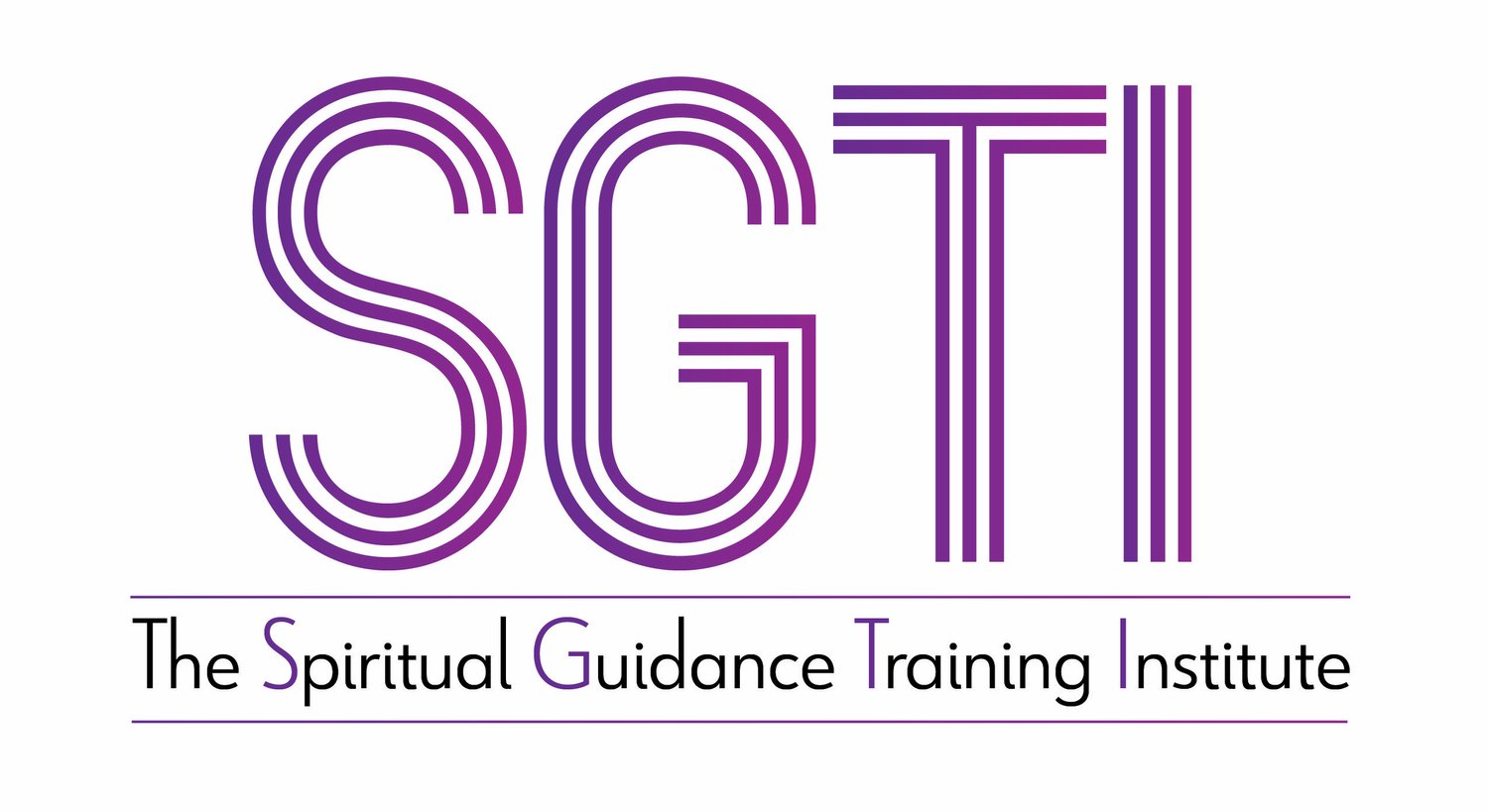Compassionate Sacred Activism, Mass Violence and Trauma, Part III
7/5/24
My heart is moved by all I cannot save:
So much has been destroyed
I have cast my lot with those
Who age after age, perversely,
with no extraordinary power,
reconstitute the world.
-Adrienne Rich
In each of our Plum Village practice centers around the world,
we have a lotus pond.
Everyone knows we need to have mud for lotuses to grow.
The mud doesn’t smell so good, but the lotus flower smells very good.
If you don’t have mud, the lotus won’t manifest.
You can’t grow lotus flowers on marble.
Without mud there can be no lotus.
-Thich Nhat Hanh
How do spiritual guides engage in compassionate sacred activism
around mass violence and trauma?
Part 3
In her book, Standing at the Edge: Finding Freedom Where Fear and Courage Meet, Roshi Joan Halifax draws from 14th century Rinzai Zen Buddhist monk, teacher, and creative, Muso Soseki’s understanding of three different kinds of compassion.
Referential Compassion
The first kind of compassion is referential, which is about care for proximate and distant others with whom we share connections.
Insight-Based Compassion
The second kind of compassion is insight-based, which is about feeling morally or ethically compelled to act because we have a knowing that it is the right thing to do.
Non-Referential Compassion
The third kind of compassion is non-referential, which is unbiased compassion without an object, when our own suffering ceases in a spontaneous way when we feel “unbidden compassion” for another. Soseki maintained that the truest kind of compassion is non-referential, for it is a way of being.
Interconnectedness
What encourages non-referential compassion? How can we practice non-referential compassion for all beings? According to Roshi Joan, the answer is related to our recognition of our interconnectedness - the quality or way of being relationally and reciprocally connected with all beings.
How it all connects to Spiritual Guidance
Related to spiritual companionship, we can support our clients and seekers with compassion: When they are at the edge, when they are in danger of going over the edge, or when they’ve gone over we remain grounded ourselves. By our own groundedness and warm heartedness, we meet another in their humanity.
We support our clients and seekers by being aware when we are at the edge and when we are in danger of tipping over.
How does your willingness to be aware of suffering result in compassion and wisdom? How do you or how do you want to engage in the midst of devastation like mass violence with compassion and wisdom?


